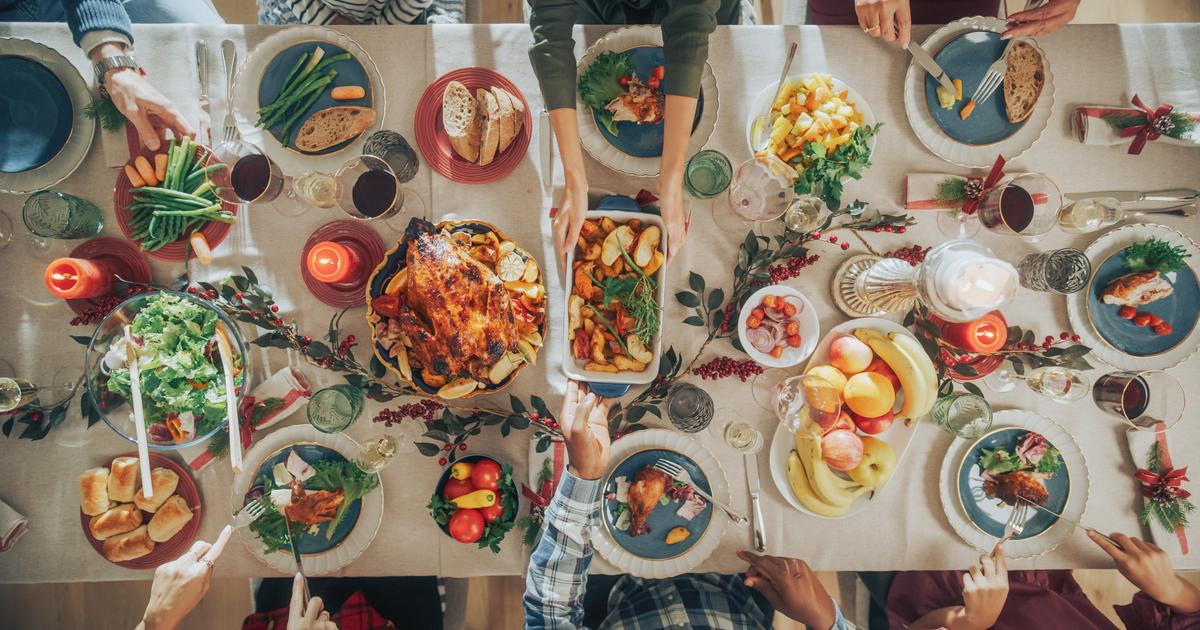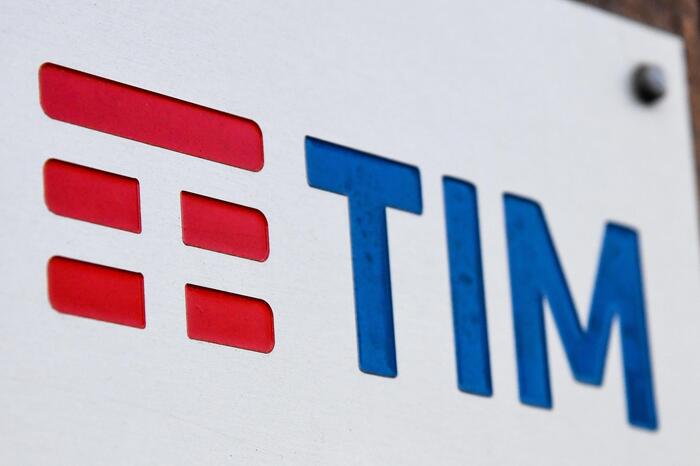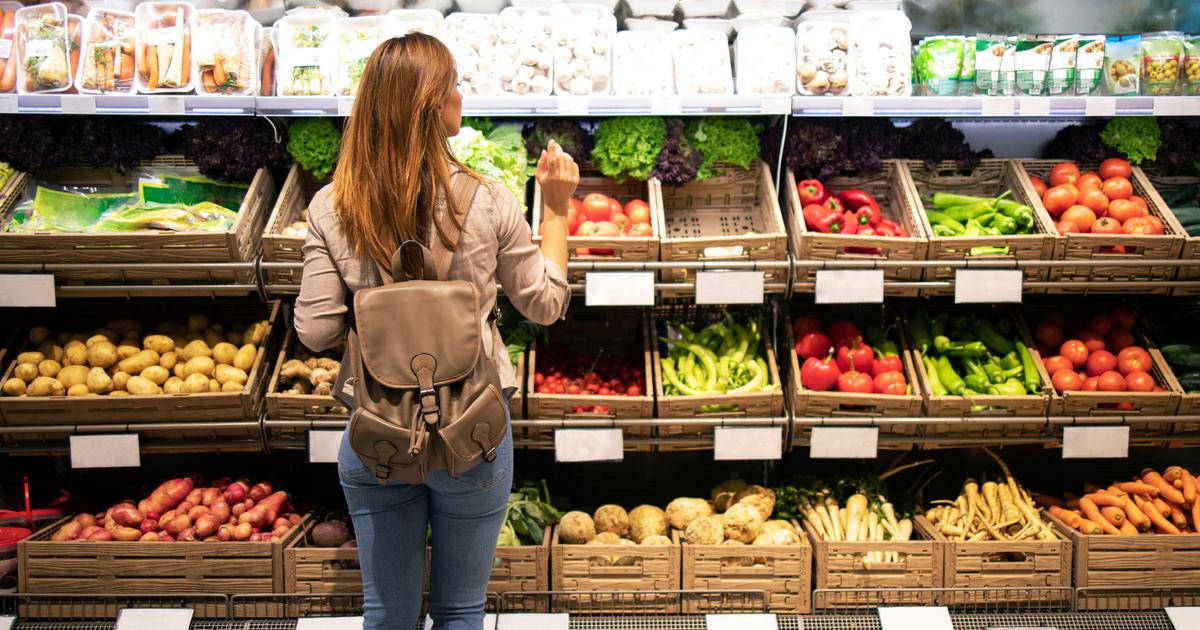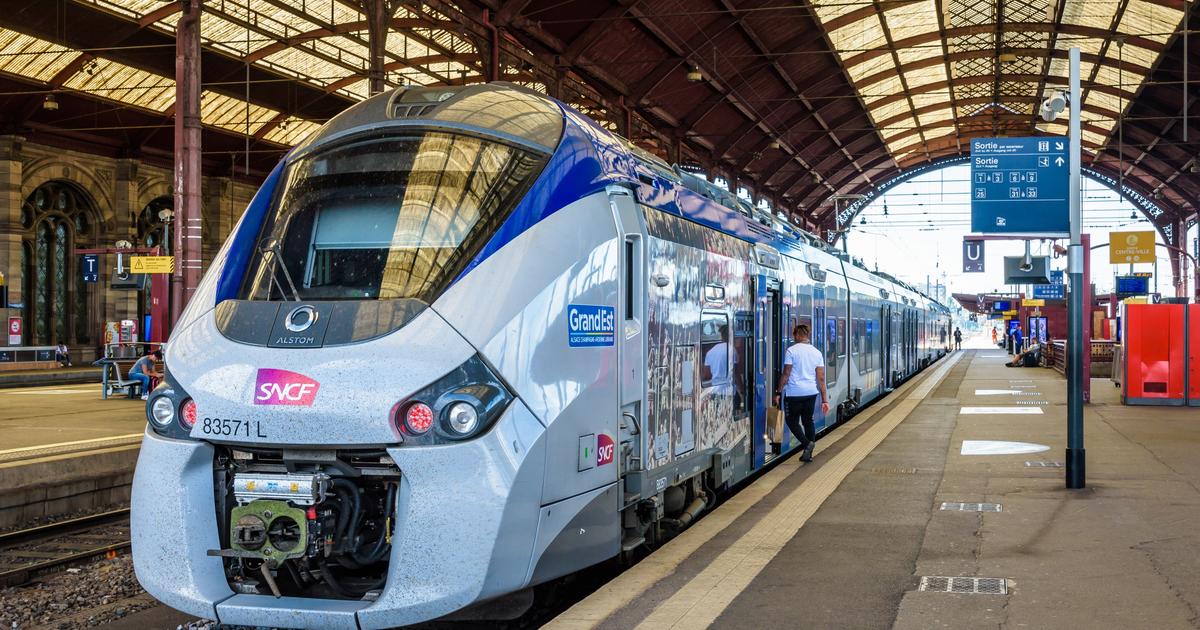Natalia Muscatelli
02/17/2021 6:01 AM
Clarín.com
Economy
Updated 02/17/2021 6:01 AM
In 2020, the overall beverage market took a heavy hit.
It was more important than the rest of the products in the basket, especially with regard to non-alcoholic beverages.
According to data from the consulting firm Scentia, the collapse of this segment of mass consumption averaged 6.2% per year in 2020, taking into account the performance of sales in all channels.
However, in independent supermarkets or neighborhood shops, sales were well below those registered in hypermarkets and supermarkets.
According to data handled by
CADIBSA, the Argentine Chamber of the Non-Alcoholic Beverages Industry,
the drop in sales volumes reached
7.7% compared to the previous year
.
In 2019, the sector had already decreased its sales by 15%.
With which, in the last two years, this band of mass consumption registered
a cumulative fall of 21.6%.
CADIBSA compiles statistics on the sales volume of the sector, corresponding to member companies, such as the four Coca Cola bottlers, Pepsico, Eco de los Andes, Jugos Citric and Baggio, among others.
These data include all categories: soft drinks, flavored waters, sparkling and still waters, juices, isotonic and energizers.
Sales of non-alcoholic beverages, in 2020, according to CADIBSA
Although the first quarter of the year began with a lower decrease in sales volume compared to the same period of the previous year (-3.2%), due to the pandemic and the Preventive and Mandatory Social Isolation, during
the second quarter the industry registered a collapse in its sales volumes of almost 24%.
The third quarter continued with a decrease of 9.4% compared to 2019. Finally, the fourth quarter closed with an increase of 1.3%, marking a
slight change in trend.
And in January, the records also showed a rise of 2%, they
commented on the camera.
The per capita consumption of non-alcoholic beverages has been in sharp decline in recent years as a result of the combination of different factors.
In the first place, due to
the decrease in the purchasing power of consumers,
who migrated to cheaper brands or powdered or concentrated juices.
And also, according to CADIBSA, due to the impact of the
tax burden
that the sector has (49%) that ends up affecting the sale price.
According to the entity, the taxes that the sector must pay are the highest in Latin America and are those that contribute to increase the informality of the sector, estimated between
30 and 40% of the market.
According to the companies gathered at CADIBSA, informality is reflected in the growth and
proliferation of second brands that are marketed at significantly lower prices.
A situation that immediately refers to the iconic confrontation between the number one soft drink market, Coca Cola, versus Manaus, which is ahead in sales volume.
NE
Look also
In the middle of the discussion for the price and wages agreement, today the inflation of January comes out: what do economists expect















